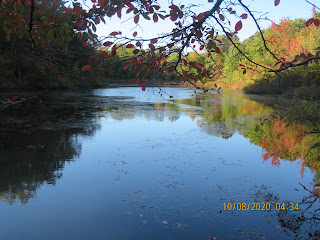- Rapid Automatic Trigger System - allows for swift and efficient line retrieval in any circumstance. This is just plain fun for the angler. A totally different experience to feel the rotation of gear inside.
- Lightweight and Convenient - ideal for those seeking a tranquil and stress-free approach to fly fishing, only 130g / 4.59oz. No tired casting for all day
- Large Arbor Design and Line Capacity - 76mm out diameter with a large arbor design to limit the line memory. Enough for 2wt to 4wt fly line with 25 meter 20lbs backing
- Designed for Fast Water fishing - a fast line retrieval capacity of two meters per cast to catch any high speed fish. A lovely toy for any fly fisher.
Side by side of the Franco Vivarelli carbon fiber semiautomatic fly reel and the Aventik "automatic"























